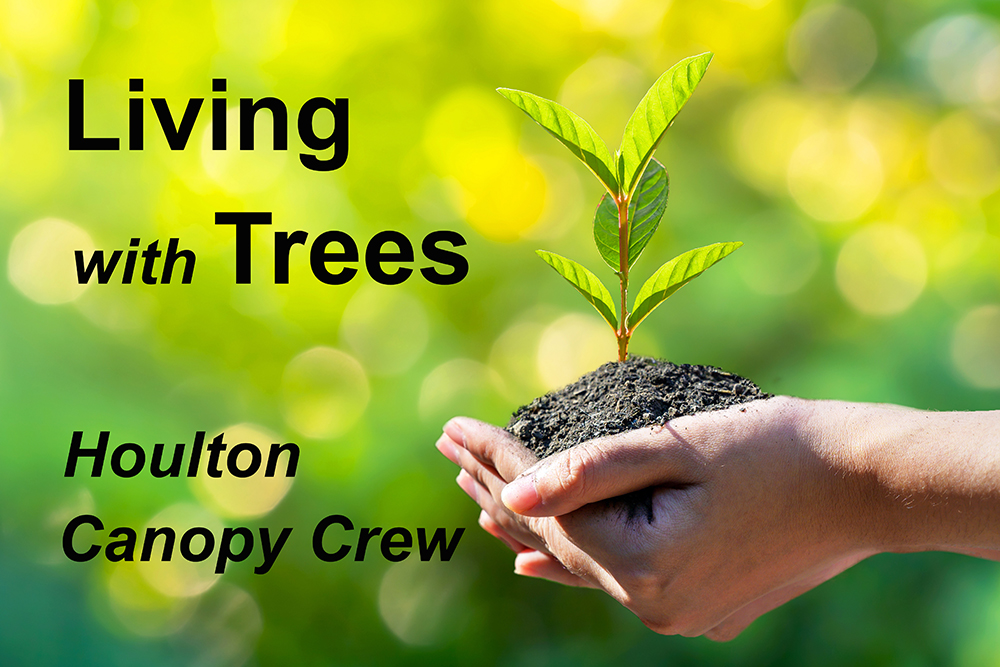As the Canopy Crew, we have a special interest in trees around our community. While you may not see ash trees along the downtown roads, the ash plays an important ecological, economic and cultural role in our state of Maine.
The ash tree comes in three sub-types: the white ash tree, brown/black ash tree, or green ash tree. They make up the riparian areas along rivers (a buffer zone that protects water health from runoff and erosion), help make up the northern hardwood forests of Maine, and are often used to make household items that you may find in your own home. The brown ash tree in particular has an incredibly important role for indigenous Wabanaki people as the primary material of Wabanaki basketry.
Here in Houlton, it is the Wolastaqiyik people (“people of the beautiful river”), or the Maliseet people, who protect and harvest the ash tree on their ancestral lands for these cultural practices.
The growth rings of the ash tree have a unique structure that allows the wood to be split through pounding, and processed to be an irreplaceable material that is used to make baskets that have played an important part of Wabanaki culture, going back as far as collective memory can show, and economic survival in the post-contact/colonial times.
The connection between the Wabanaki (“the people of the Dawnland”) and the ash tree goes further than the use of the wood. The Wabanaki came to being in this land when Glooskap shot his arrows into an ash tree, creating the Wabanaki people.
Today, the baskets made from brown ash by the Wabanaki people have reached acclaim in the Western world of fine arts as the “fancy basket” style has become increasingly elaborate through the passed-down knowledge of generations. To those old enough to remember harvesting potatoes into baskets, it is the ash trees that provided the material for the baskets. This was a resource that kept the basket making tradition alive, and provided necessary economic independence to the Wabanaki people.
There is a now all-too-familiar element to the story of the ash tree. Like many other native species, the ash tree is under severe threat from an invasive species. The emerald ash borer beetle, native to Asia, has made it to North America and has been making its way steadily north. The larvae of this beetle can damage a tree so badly that they typically die within three to five years of infestation.
While scientific experts and tribal communities have been monitoring the beetle for years, they need our help with prevention of the beetle and preservation of the ash trees.
Concerned community members can participate in seed collecting of ash trees to preserve the genetic diversity to potentially repopulate forests that have already been infected. These seeds also help researchers try to identify trees that might have a natural resistance to the ash borer beetles. While camping or heating your home, it is important not to transport firewood, not just across state or county lines, but even across much smaller distances. The trees, and the beetles, do not respect our borders and property lines.
It is up to everybody to participate and collaborate on helping to preserve this species that holds such a special place in our community.
The citations are from the U.S. Department of Agriculture, the University of Maine and Ash Protection Collaboration Across Wabanakik.
Judy Joklik is part of the Houlton Canopy Crew, whose members are committed to caring for trees and gardens.








